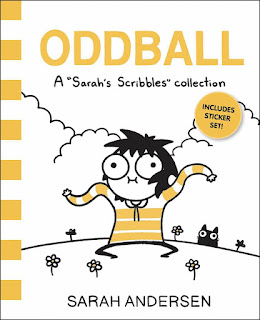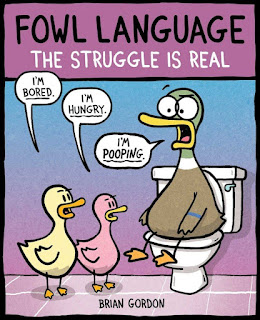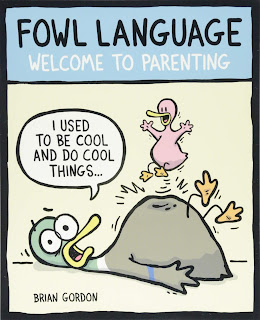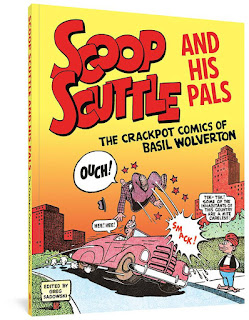Relationships According to Savage Chickens by Doug Savage
It’s not quite tripping myself up, but…I sometimes specifically pick really short books to read so that I can have something to write about here the next day. (More often when I’m doing a Book-A-Day run, but at other times, too. Like right now.) But then I usually find that the really short books don’t provide a lot of material to write about, because – and here may be the point where I’m stating the blindingly obvious – they are really short.
Now, that could be a feature: if I’m just trying to get done quickly, I read a short book, I write “hey, this book is short and is a really obvious thing” and go on with my life. But I feel like I’m short-changing you, my faithful reader.
(I address you in my head like that, when I’m feeling puckish, as if there actually is anyone who goes out of their way to read this random book-blog with no real theme and possibly the worst circa-2010 Blogger layout imaginable, in this the year of our lord twenty twenty-four. We all have our crotchets.)
Anyway, here I am again. Relationships According to Savage Chickens is a short collection of “Savage Chickens” strips by Doug Savage, one of a clump of themed books that came out around 2012 and only available digitally. (Well: now that I look more closely, this one and Zombies came out in ’12, and there were three more last year. That’s a good sign for the health of the ongoing Savage Chickens project, which I like to see: it’s still a funny strip, and I like to see funny things stay successful.)
When I say “short,” I mean “fifty single-page cartoons.” That would be tiny for a book with a square binding, though about twice the side of a modern comic book – so I guess it all depends on perspective.
We start and end with “Romeo and Juliet” jokes. Savage is modern and at least mildly edgy; this isn’t glurge in any way. I still like his rounded line: his chickens are just funny, with their big round eyes, their little wattles, and the way they look just a bit too big and ungainly for any possible situation.
As always, tastes in humor will vary. I think Savage is funny, and I wish he had more books that were somewhat longer (so I didn’t feel awkward trying to write about them). I hope you will have a similarly positive reaction to his work.
Reposted from The Antick Musings of G.B.H. Hornswoggler, Gent.




































